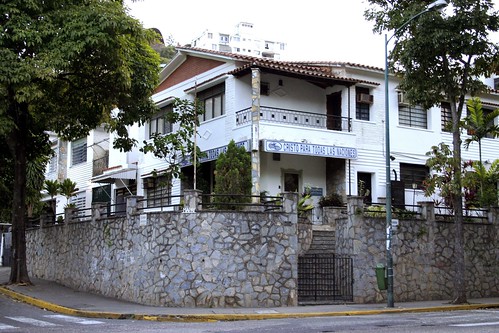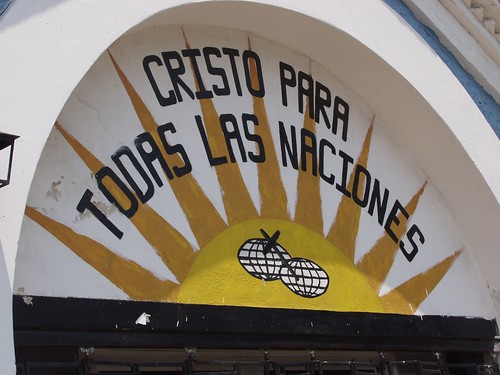First, why "Christ for all the nations" was my theme for Epiphany. We began the celebration of the Nativity on Christmas Eve with the story of the shepherds in Luke 2:1-12. Contrary to popular representations of the Nativity, the "wise men" or Magi, did not arrive at the stable where Mary laid her baby in the manger on the same night as the shepherds. Rather, they arrived a year or two later, the duration The ancient Magi were a hereditary priesthood of the Medes (known today as the Kurds)of their journey from "the east", which probably indicates Mesopotamia (modern-day Iraq) or Persia (Iran). As Matthew 2:1-12 relates, King Herod slyly asked them just when the star appeared to them, and, based on their answer, would later order the deaths of all male children in Bethlehem two years old or younger. Whether the star of Bethlehem was a comet, nova, conjunction of planets or something else altogether is an entire discussion in itself, which I will not pursue.
Nor are we told exactly why the Magi believed the star signified the birth of the Jewish Messiah. The ancient Magi were a hereditary priestly caste of the Medes, inhabitants of western Iran who may have been ancestors of modern-day Kurds. The Magi were believed to have extraordinary knowledge of the natural and supernatural worlds. They were both astronomers and astrologers in an era when there was no sharp distinction between those occupations. "Magi" is, of course, the root of the English words, "magic" and "magician."
During their period of exile and captivity, the Judeans (or Jews) first were subjects of the Babylonians, whose empire was based in southern Iraq. Later they lived under the rule of the Medes, followed by the Persians. It is likely that that they talked of their prophecied Messiah and that some vestige of this legend had been passed down to the Magi at the time of Jesus. The important thing is that they followed the star and at Bethlehem recognized the Christ Child as the one foretold to be both the Promised One of Israel and the Savior of the entire world. They presented Him with gifts worthy of a king. If you assume, for the purpose of visualizing the scene, one Magi presenting Jesus with gold, one presenting Him with frankincense, and one presenting Him with myrrh, that is where you get the idea of three Magi, even though St. Matthew's account does not specify how many Magi there were. More could be said about the significance of these gifts, but I won't go there, either.
The shepherds were humble men of Israel. Their visit to Jesus in the stable foreshadows the beginning of His public ministry first among the common people of Galilee and the preaching of the Gospel first to the chosen people of the Old Testament, according to the promises that God made to their forefathers.
Later Jesus would commission the apostles to go and make disciples of all nations and St. John would receive a vision of "a great multitude, which no man could number, of all nations, and kindreds, and people, and tongues, stood before the throne, and before the Lamb, clothed with white robes, and palms in their hands..." (Revelation 7:9). The visit of the Magi some time after the shepherds represents the first rays of the light of Christ penetrating the darkness of the pagan world. That is why we celebrate it as a separate event on the church calendar. It is why we sing in the Nunc Dimittis, "For mine eyes have seen thy salvation, which thou hast prepared before the face of all people; A light to lighten the Gentiles, and the glory of thy people Israel." (Luke 2:30-32).
That is why, a few years back when the public school system published a profile of the town of La Caramuca, two churches were mentioned: The Roman Catholic church on the plaza, and "Cristo Para Todas Las Naciones", which is how they identified us. Actually there also are some small Pentecostalist churches in La Caramuca, but they are not as well known. So when we chose a name for our mission, we wanted to distinguish ourselves from the CPTLN ministry, yet build on the theme of "Cristo Para Todas Las Naciones". And Epiphany is all about "Christ For All The Nations."




No comments:
Post a Comment